Education
Community Governance Framework
The governance framework at Menagerie, developed from extensive research, ensures a robust, consensus-based approach for communities. It emphasizes easy adoption, effective coordination, and sustainability, utilizing smart contracts for seamless integration of onchain and offchain activities.
Understanding Current Challenges
In today’s classrooms, students often mimic the aimless gathering of shoals. They’re present but not engaged.
Menagerie's Innovative Tools:
Our suite of virtual tools brings learning to life, encouraging students to collaborate and solve problems together.
Teamwork and Leadership:
We turn solitary learning into a team sport, where students take charge and learn from each other in a connected community.
Reimagining Educator Roles:
Teachers transition from speaking at the front to guiding from the side, coaching students to explore and learn actively.
Leveraging the Metaverse:
With VR technology, we invite students into a 3D world where learning is immersive, interactive, and more engaging than ever.
How metaverse platforms upgrade student learning
A life-like Classroom in Virtual Space
Teachers create rooms for whatever environment they want. There are few limits in the metaverse. Students can choose avatars that look like themselves. This immersive experience draws students in, making them more invested in learning and growing.
Turn Learning Into a Game
The metaverse has found its most widespread adoption with video games. Schools can tap into that tech and create educational games. Gamification is a tried-and-true way to convey knowledge. Learning becomes enjoyable. Problem-solving is a 3D experience that resembles a video game.
Enhance Interactions between students
Moving from traditional online classrooms to the dynamic metaverse revolutionizes learning. Face-to-face interactions in virtual spaces boost communication, allow for interactive feedback, and foster a strong sense of community, maintaining high engagement levels.
Put Students into immersive realities
VR goggles transport students to diverse scenarios, from the Battle of Waterloo to Titan’s ice volcanoes, offering immersive learning experiences. They can explore 3D mechanics or experience Mars’ conditions, deepening their understanding through virtual simulations.
Beyond the metaverse
Interactive Learning
Students engage in hands-on problem solving, like designing eco-friendly dams in a virtual space, encouraging lively debate and practical application of ideas.
Decision-Making
Utilizing a voting system, students critically assess solutions, promoting a deeper investment in the learning outcome and enhancing teamwork.
Economic Impact
Highlighting the substantial market opportunity for digital advancements in education, suggesting that modernizing learning environments can have significant economic benefits.
Elevate Your Education
Discover how Menagerie can transform passive learning into a dynamic, collaborative adventure. Join us in redefining educational engagement and outcomes.”
